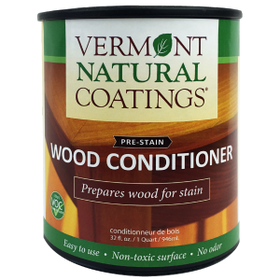- Home
But that may be changing as manufacturers and retailers apply innovative thinking to how they package and distribute consumer goods to reduce the amount of new plastic created. This shift is supported by environmental groups like the Plastic Pollution Coalition, a project of Earth Island Institute that is rallying the public to cut back on plastics. At the same time, it pressures governments and businesses to shift to a circular economy. Among government measures it supports is the Break free from Plastic Pollution Act (S.984), introduced in the US Senate in March 2021. Building on earlier efforts, it would ban some single-use plastics and set recycled content requirements for others. It would also discourage the opening of new plastic production plants and hold manufacturers accountable for the disposal of their products.
Groups like The New Plastics Economy Initiative represent coordinated efforts by companies and others to promote a circular economy for plastics. Its goal is the adoption of 100% reusable, recyclable or compostable plastic packaging by 2025. To get there, it recommends product packaging that can be refilled or returned either at retail outlets or directly from your doorstep. These models, the group suggests, can benefit businesses by building brand loyalty, cutting packaging costs, and creating opportunities for innovation worth $10 billion.




















